
With the rise of the internet came the rise of the niche market. Luxurious, obscure, or anywhere in between, users now have so much control over what they buy, that they just don’t want to settle over “generic” products (unless they’re really convenient).
This specificity in consumer demand has created a conundrum for legacy corporations, whose net, oftentimes, is cast too wide. On the other hand, the rise of startup culture has sprouted millions of companies fulfilling the most specific wishes of the people they sell to. That’s called a niche brand.
Everyone is part of a niche because everyone wants to feel unique. And, as a company, it’s a great opportunity to drill down until you find a specific market that hasn’t found the perfect product for them. The best way to focus on a niche is to look at the overall trends around a certain topic and, little by little, match the specificity and needs of a subset of that community to the value proposition of your product line. It’s hard work, and can only be done by active listening.
For that same reason, package design (and marketing) become make-it-or-break-it elements of that strategy. If the product doesn’t feel “right” for you when you’re looking at it, it doesn’t matter (for the most part) how good it is. That’s why a lot of emerging brands find their success via “virtue signalling”: their designs are a way to tell others you are “in the know” about specific elements of their niche. Other niches focus on functionality over everything, but that’s also a choice that can be made through design.
We’re going to go through some bigger trends that have been popping up lately to see examples of brands that just get it: they know how to communicate, how to package, and how to create their products in a specific way that feels truer to the consumer.
Sustainability and climate change
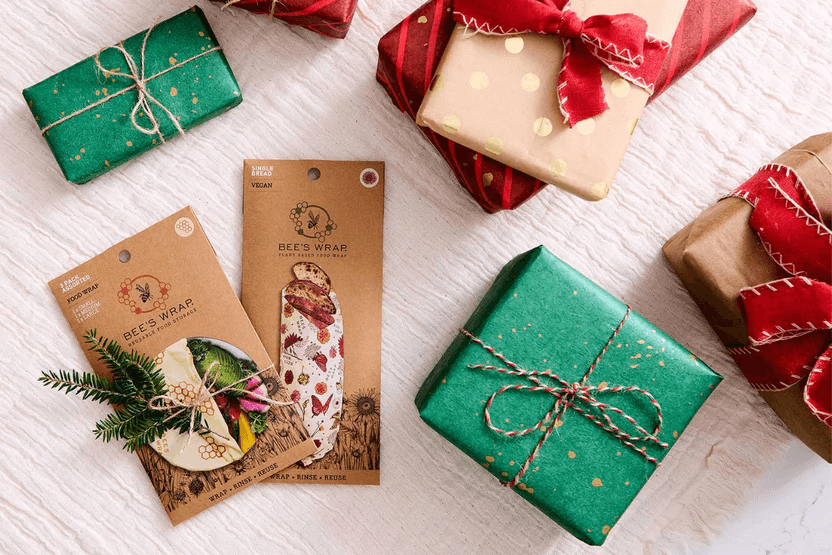
Even though the conversation around climate change looks like it’s been around forever, it is only recently that we seem to have been actively engaging into addressing it with products. A lot of bigger companies have made strides around showing their care for the environment, but “for some reason”, to most people those actions don’t ring true.
That’s where smaller brands have a great opportunity to step in. We’ve seen it in this blog over and over: eco-friendly products are both a necessity and a coveted luxury. Since they’re usually more expensive to make, several direct-to-consumer brands focus on fewer products that serve those needs.
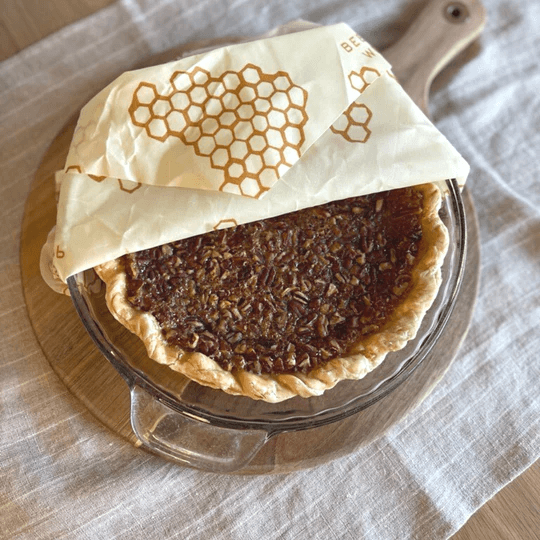
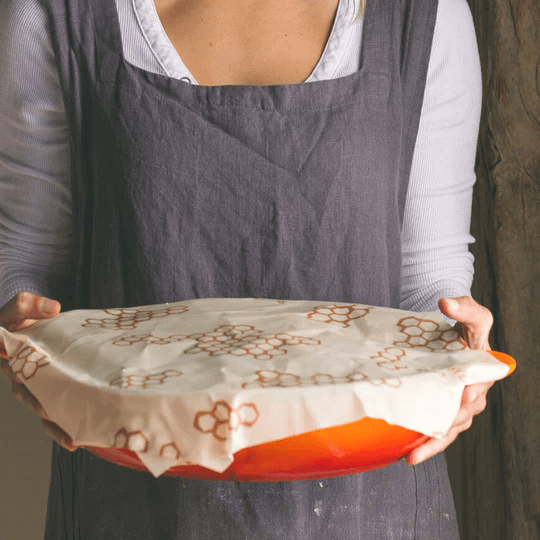
For instance, take a look at Bee’s Wrap. Their mission is to cut down on plastic, but there are many ways to do that. So what is their focus? their niche? Food wrap. Plain and simple. They have a product line that covers every need in that regard, from bowl covers to dishcloths. Other parts of the equation: a family-friendly branding and the simplicity and playfulness of their design, inspired by, of course, bees (their wrapping is made from organic cotton with a blend of beeswax, plant oil and tree resin).
Health and wellness
Fast-food and hustle culture might forever be glamorised, but, specially during these last few years, health and wellbeing (both mental and physical) have definitely taken the spotlight. This means that every health product can become their own niche: food and beverage, beauty and personal care, skin health… the list is infinite.
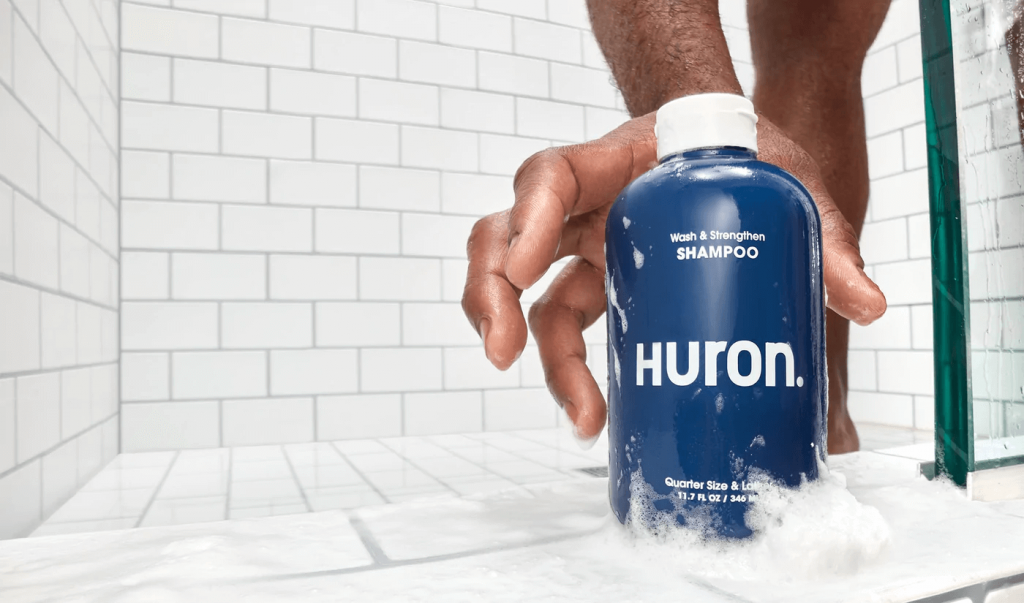
The best way to enter a niche market under that umbrella is to cater to a specific line of products that falls under the same sub-category. For instance, look at Huron Men’s Skincare. As male wellbeing has been more prominent, brands like Huron aim to convey that sense of practicality offering no-fuss, affordable products with organic and healthy materials. Their packaging reflects that through a design that could blend in on every mall and, at the same time, differs from the standard baseline products thanks to their typography and colour choice. Basic, timeless, yet a product of its time.
Sex-positivity and inclusivity
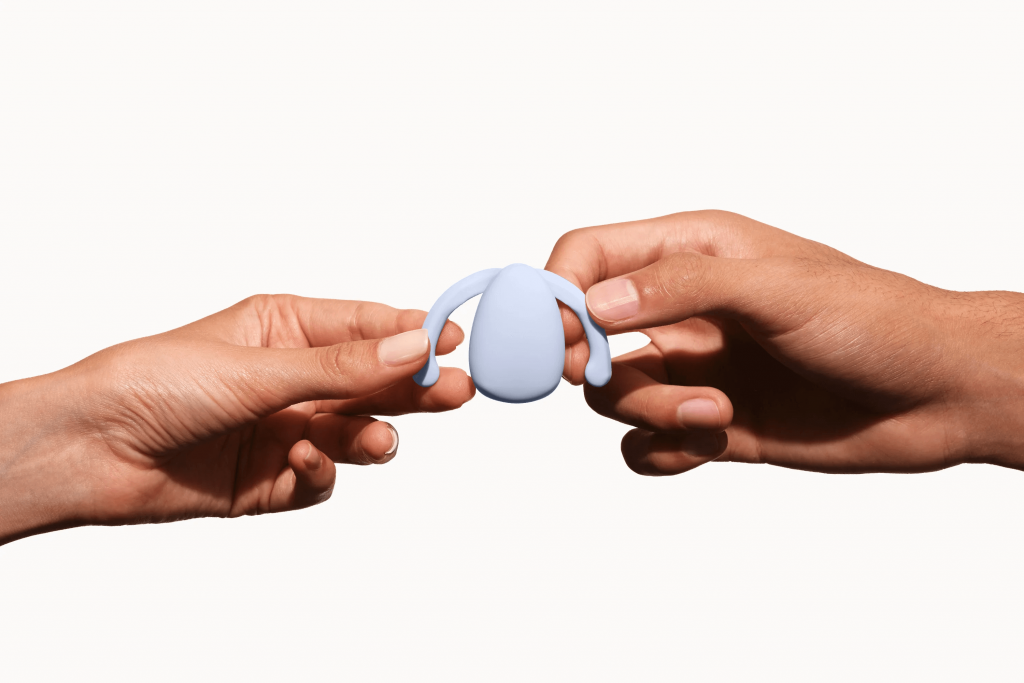
Our cultural and societal traditions are crumbling before our eyes, and new ways of interacting, publicly and intimately, are emerging. The LGTBQ+ movement has become a whole market onto itself, as queer identity has blossomed with pride. That doesn’t mean you should cater “just” to the LGBTQ+ community: in order to enter that niche, the best approach is to always be part of the community. They smell “queer baiting” from a mile away.
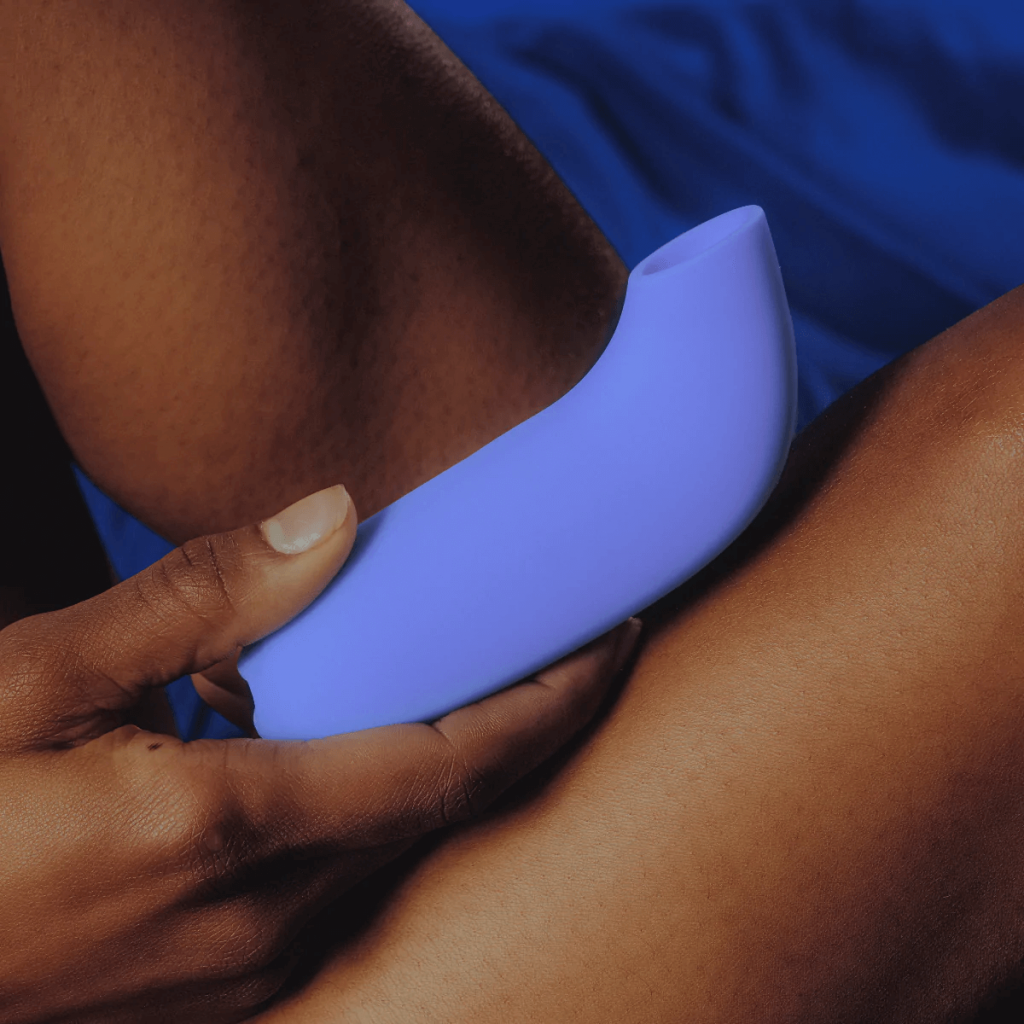
What’s important here is that when taboos break down there’s always business to be made. Dame is a good example: in 2021, this company took the NYC MTA for a lawsuit regarding discriminatory advertising practices against women, and won. Their mission is to craft sex toys to reduce the pleasure gap between genders, as they receive input during research from a variety of perspectives. They’re also medical-grade, ethically made and very minimalist with their designs. More and more, we’re seeing how sex has stopped becoming a taboo, specially for women and minorities, and ethical companies are taking the mantle to normalise pleasure in our lives.
Gaming: a whole cultural movement

Playing digital entertainment has finally grown out of its “nerd” phase, as influencers rose to stardom and the original generation of gamers is now the one having children. At the same time, women are slowly but surely becoming a part of that community. The important thing to note here is that there are whole sub-cultures of gamers, established by tradition and upcoming ones, based on genre, platform, aesthetics. You name it.
Want niche ideas for gaming? There’s an infinite amount. Check out Glorious‘ product line. They only sell keyboards, mice and mousepads, leveraging the gamer LED color palette to great effect on their designs. And they make 7 figures.
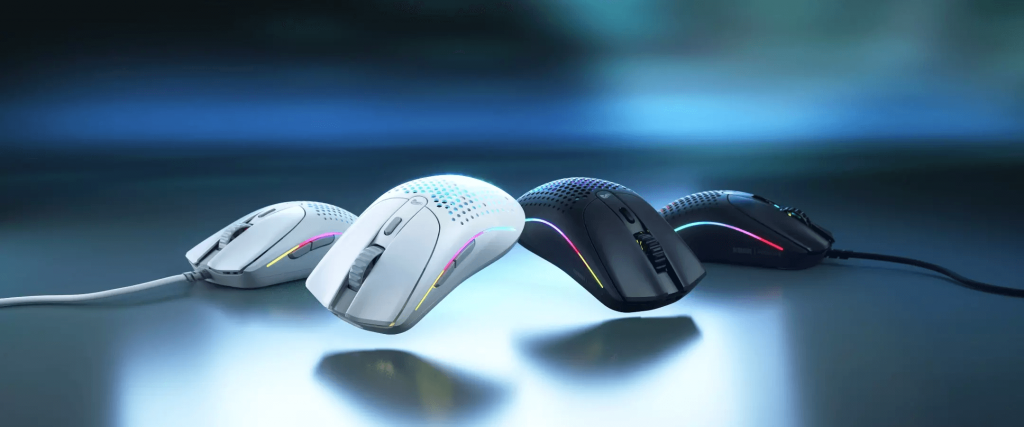
But it’s not all gadgets. It’s fashion, in fact, one of the industries where there’s plenty opportunities to take. When high profile brands like Balenciaga or Gucci are turning their designs into digital collections, you can see it going the other way. Gaming is all about self-expression, both in the digital and the real world, and whether it’s medieval fantasy, cyberpunk, or everything in between, you could explode finding a niche in this realm. It’s not gaming. It’s mainstream culture.
Pet Owners

As “pet culture” rose to stardom with the arrival of the internet, there’s been more ways to show love to animals than ever. Your niche could be centred around the “classic” domestic animals, like cats, dogs, fish or hamsters, but there’s also a myriad of unique choices like lizards, horses, turtles, even spiders or snakes.
Your niche could be centred around the pet of your choice’s basic needs or it could go further, trying to find a different solution to an eternal problem. Only Natural Pet is a good example, as they try to cover your pet of choice (dogs or cats) basic needs with natural and organic products. You could go further and offer a choice of furniture, “housing” or even clothing. In the end, if your products and package design reflect your philosophy, and it matches a subset of people, the sky is the limit.
The lessons
We could go on with many other categories and continue talking about business opportunities for the digital nomad lifestyle, homeowners and many others. The basic point is, though, that creating a product around your niche and being successful needs to have at least these elements:
- A deep knowledge about a specific community behind a category umbrella (their level of income, location, and their communication codes).
- Create a product that fulfils those needs in the most specific way possible (either practical, aesthetic, or aspirational)
- Communicate that “you’re in the know” with thoughtful product packaging, and with both organic and paid marketing campaigns.
You might feel option paralysis when thinking about the infinite possibilities, but all it takes is time. Now you can understand people’s needs better than ever. So roll up your sleeves and niche down.